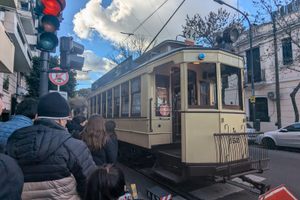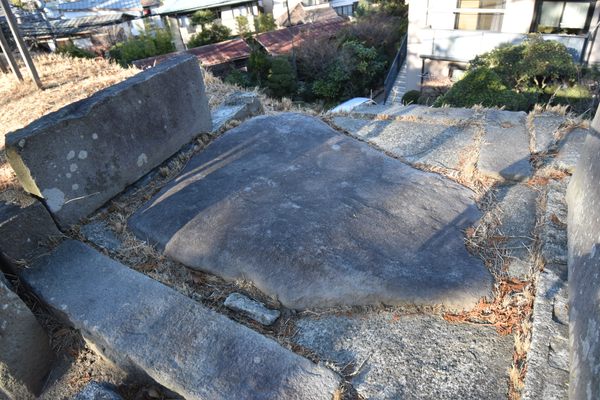About
Roadside shrines are a cultural phenomenon across Argentina. Originally created by gauchos and now truck drivers, these tributes dot the countryside. Most honor Difunta Correa with offerings of bottled water. Monuments erected to Gauchito Gil stand out as they are festooned with red ribbons and flags.
Antonio Mamerto Gil Núñez, a soldier-turned-outlaw, is regarded as a folk hero in Argentina. Like Robin Hood, he sought to help and protect the poor. A gaucho is an Argentinian cowboy. In Spanish the suffix -ito is a term of endearment, meaning little.
Legend has it that their "little cowboy" performed miracles and was even bulletproof. Even after his capture and execution in 1878, it's said Gil still performed miracles. Gil is not recognized as a saint by the Catholic church, but for the faithful, these roadside shrines are a place to give thanks to the Gauchito for the blessings he has bestowed.
High in the Andes, National Route 7 is a narrow two-lane highway connecting Argentina and Chile. Being an international route, there is a significant amount of truck traffic along the road. Inclement weather, blind corners, and steep drop-offs can make driving this road a harrowing and dangerous experience.
This particular shrine is located where the mountainous route connects to the safety of the valley floor. It's safe to assume that many truck drivers and motorists have stopped here to give thanks to Gauchito Gil for safe passage through the Andes.
Though there are many small shrines to Gauchito Gil across Argentina, he was laid-to-rest in the city of Mercedes in northeastern Argentina. Every year, more than 200,000 people make a pilgrimage to the gravesite. The Festival of Gauchito Gil is held on January 8th.
Related Tags
Published
February 11, 2021




























